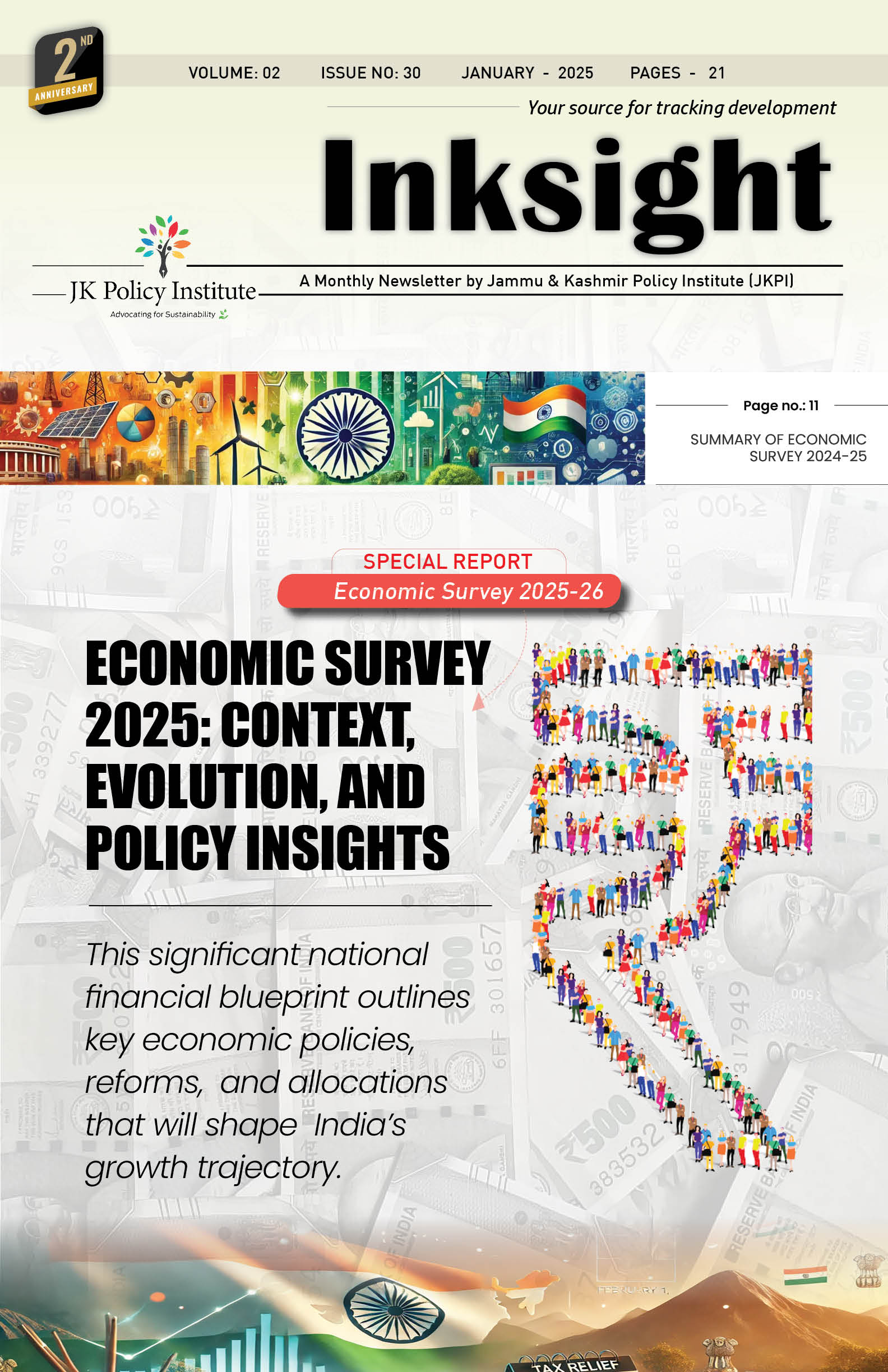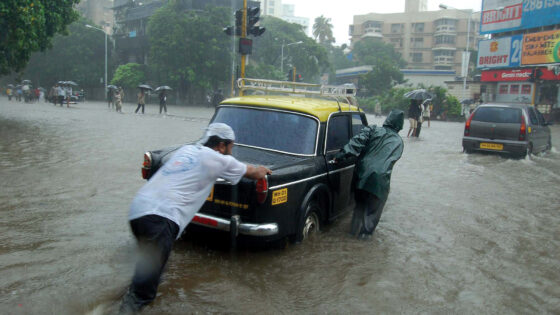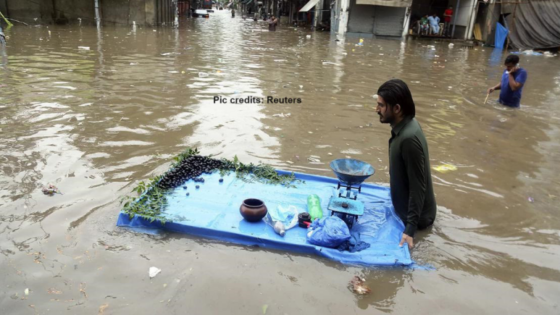Climate Change and global warming are one of the most pressing environmental issues of our time. The UN’s IPCC – Intergovernmental Panel on Climate Change – reported in early 2007 that global warming is unequivocal. And human activity is the main driver of this activity.
However, there has been little discussion on the gender dimensions of this threat and strategies to deal with it. Since poorer communities are the most vulnerable to the impact of climate change, women, as a disproportionate percentage of these poor, are particularly vulnerable. Women will face particular challenges given their primary caregiving roles in times of ecological disaster and stress due to increased environmental instability.
Difference in impact of natural disasters on Women and Men
With the growing ecological imbalance linked to climate change, it is expected that natural disasters will increase in frequency and impact. In the last few years, researchers have started to document the differential impact of natural disasters on women and men.
For instance, during a natural disaster:
- Women’s economic insecurity tends to increase more than men’s for women often start with fewer resources;
- Women frequently face gender-specific barriers when dealing with relief and reconstruction work;
- Women’s workloads tend to increase more than men’s; Women tend to recover more slowly from economic losses than men because their socioeconomic status is often more vulnerable at the time of disasters.
The importance of understanding the different impacts of natural disasters on women, men, boys and girls is slowly trickling into mainstream disaster preparedness and response systems, as well as international relief efforts. Awareness also needs to be strengthened on the need to involve local communities in flood mitigation efforts.
The Beijing Platform for Action
It notes the connections among poverty, health problems, natural disasters, gender inequalities, and unsustainable development. It also mentions the value of a holistic and multidisciplinary approach in dealing with environmental issues.
The Platform for Action has three strategic objectives:
- To actively involve women in environmental decision-making at all stages.
- To integrate gender concerns and perspectives in policies or programmes for sustainable development.
- To strengthen or establish mechanisms at the national, regional or international levels to assess the impact of development and environmental policies on women.
These objectives analyze the issue of women and the environment. These emphasize the essential role women play in the development of sustainable and ecologically sound consumption, production patterns and approaches to natural resource management. These stress the need for women to participate in environmental decision-making at all levels.
While the Platform for Action emphasizes that the major cause of the continued deterioration of the global environment is the unsustainable pattern of consumption and production, it also mentions the close interrelation between poverty and environmental degradation. And, for that matter, the need to eradicate poverty in order to achieve sustainable development. The Platform for Action underscores that governments and other responsible organizations should promote an active and visible policy of gender mainstreaming in all policies and programmes. These have to include, as appropriate, an analysis of the effects on women and men respectively, before decisions are taken.
Limitations in Women’s Participation
Limited participation of women in decision-making processes is true of almost all environmental sectors. Impediments to their participation include:
- Adverse financial conditions;
- Lack of secure access to land;
- Women’s time constraints;
- Public policy primarily focused on the male population as the traditional head of household;
- Gender division of labour along with socio-cultural norms
Some of the other reasons include high illiteracy rates in women, lack of information and training, limited access to natural resources, stereotypical attitudes regarding their roles, and insufficient research on gender equality and the environment. Lack of sex-disaggregated data and political commitment are important reasons as well.
Despite such challenges, women have developed adaptive strategies to protect the sustainability of their environments and livelihoods. For example, due to intimate knowledge of their natural environment, poor nomadic women may have a relatively high adaptive capacity.
Research indicates there are gender differences in attitudes and perceptions of climate change. These are pertinent in developing strategies to address the climate issue. We are not well aware of the gender aspects of climate change. More research and sex-disaggregation of data is required. Some analysts argue that gender inequalities and roles are relevant variables in tackling climate change.
Strategies to Accelerate Implementation
Progress on environmental issues is imperative for the health of our planet. Although the linkages between poverty, environmental degradation and gender inequalities have been pointed out at the policy level, much remains to be done to develop integrated and effective solutions to these challenges.
Various strategies have been identified as important at a general level and these are:
- Improving and supporting women’s capacity to participate in discussions and shape environmental policy and action at all levels – from grassroots to national governments to international organizations
- Adjusting government priorities such that awareness and promotion of gender equality are incorporated into financial planning
- Improving institutional capacities to incorporate gender-related environmental analysis
UNEP points out that
“Much of modern environmental analysis is framed by the technical/scientific paradigm and relies mostly on quantitative biophysical data. Much of the work on gender and environment, on the other hand, is framed by a social science approach relying more on qualitative, case study narratives, and anecdotal evidence. Merging these two paradigms will be a challenge”
We have to support this explicit commitment to bring issues of gender equality into the environmental arena.
This commentary looks at how the aforementioned general strategies can be applied in specific environmental areas. It is meant to inspire and illustrate, rather than provide an exhaustive list of possible actions and entry points.
References:






Leave a Reply
You must belogged in to post a comment.